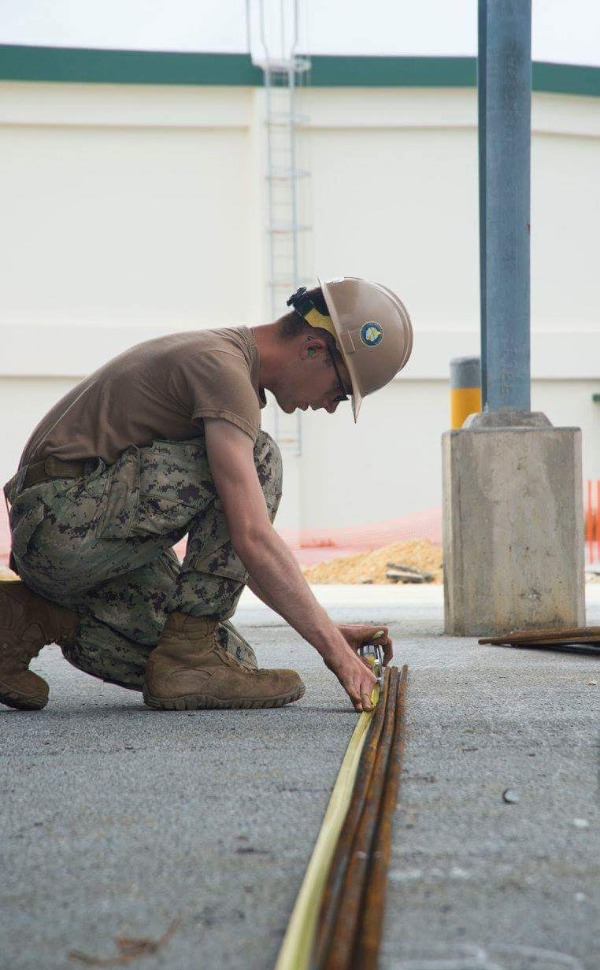Could there ever be a circumstance where one would need to comply with 1910 and 1926?
For example: I work in a manufacturing facility. Occasionally we will need to do some underground work, building repair, and in rare cases new building construction. Obviously the workers working in the manufacturing plant will fall under 1910, but what about the contractors and maintenance team helping out with the utility and building work?
Is there a definition somewhere that outlines when the 1926 constructions standards apply?
Comments (5)

I believe both can apply to the same worksite. 1910 would apply to the general operations and 1926 to any construction work. Here is a letter of interpretation from the 90s stating this: https://www.osha.gov/laws-regs/standardinterpretations/1991-02-19


In the Seabees (Naval Construction Force) we use both standards in development of all of our safety plans for projects. We also have in house carpentry and metal fabrication shops that support the jobsites, so both standards are taught and briefed to all of our members. If both standards are equally relavent and are being used for the same task, we follow whichever is more strict when we can.


Construction activities (add-on to a building) while typical industrial operations going on in the background.

